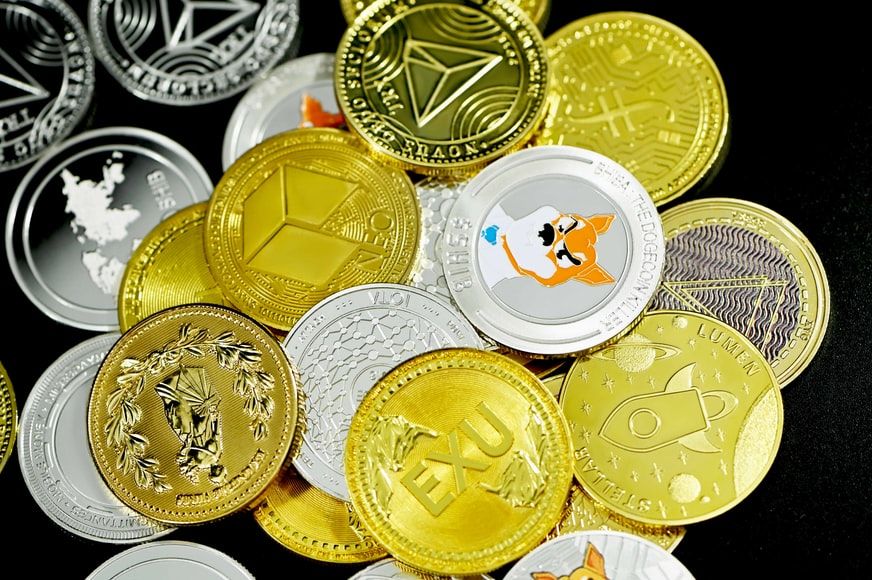Created by start-up Terraform Labs and its co-founders Do
Kwon and Daniel Shin in 2018, Terra is an algorithmically-governed, seigniorage
share style stablecoin platform to which a collection of fiat-pegged tokens and
a stabilizing cryptoasset. Luna is the native coin of the Terra blockchain.
Australian mining billionaire files a case against Facebook’s fake ads
History of LUNA
Terra was created to facilitate the mass adoption of
cryptocurrencies by creating digitally native assets that are price-stable as
compared to the world’s major fiat currencies. Given that previous innovation
in the technology of money were bootstrapped by large payment networks (Alipay
with Taobao, Paypal with eBay, Visa with banks), Terra was created with the
support of the Terra Alliance, 15 big e-commerce companies in Asia that
collectively process USD 25 billion in annual transaction volume and 45 million
users.
Also Read | Blockchain not the ideal technology for digital currency
The vision of the project is that with the adoption and
user engagement of a huge payment network for the first time it will be able to
bootstrap a blockchain payment network to the scale it deserves and facilitate
far more powerful products and use cases through its infrastructure.
Also Read | Digital rupee versus cryptocurrency: What’s the difference?
During conversations between co-founders, Daniel Shin and
Do Kwon, the concept of Terra came out as a solution towards immediate and
massive adoption of the cryptocurrency and blockchain infrastructure being
built around them. According to them, price stability and adoption were highly
important in preparing the first steps towards the massive adoption of
cryptocurrency and blockchain infrastructure.
Also Read | IC15, India’s first cryptocurrency index launched: All you need to know
Daniel Shin, with his extensive experience in building
one of the biggest e-commerce platforms in Asia, laid out the existing problems
we face in payment networks that cannot be solved through just incremental
improvements. Do Kwon, previously a founder of a wireless mesh network startup
building decentralized applications, explained how Terra can turn those
problems into an opportunity to build money from the ground up.
Also Read | What is Dogecoin?
How does it work?
Terra functions on a proof of stake model, where
validators verify transactions according to how many coins they hold. According
to Proof of stake supporters, it consumes significantly less energy and is
environment-friendly as compared to other models.
Since Luna is Terra’s native token, its holders are
issued governance rights and voting power for the protocol. But investors
should note that Luna is also used to regulate Terra’s stablecoin pegs, which
means that Luna is in the center of the shock absorption process if something
goes wrong with the stablecoins on the Terra platform. That can be a risk of
buying.
Also Read | Explained: How Metaverse and NFTs affect agencies
Terra moves naturally towards creating an ecosystem that
offers competitive programmable payments, logistics, and infrastructure to
power the plethora of industries that will be built on efficiency and scale.







